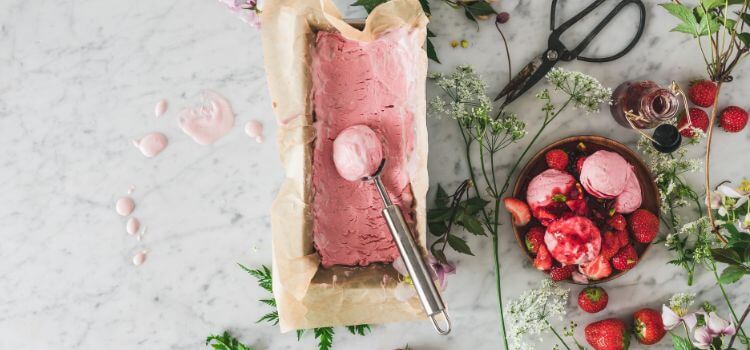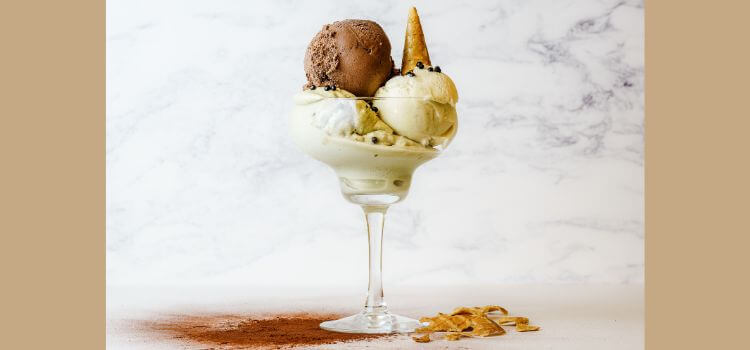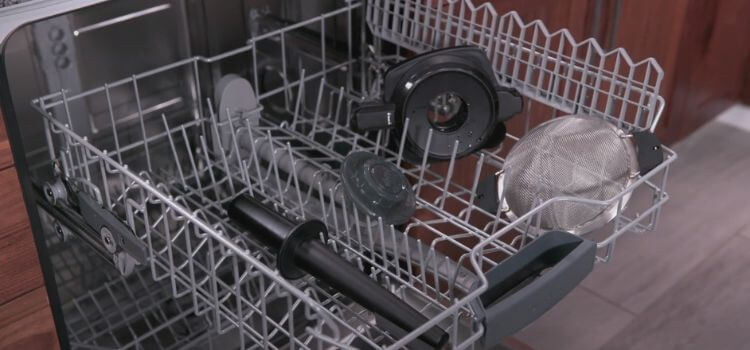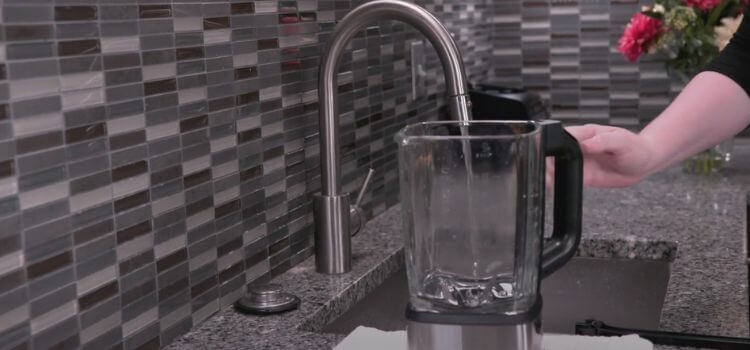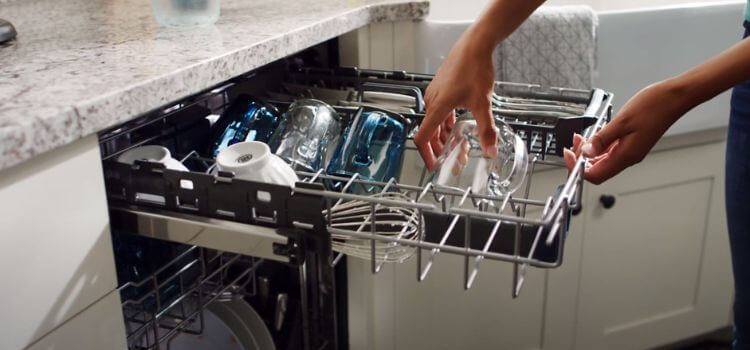Have you ever experienced the frustration of your Ninja Blender’s red light blinking? Well, you’re not alone. Many Ninja Blender users have encountered this perplexing issue, wondering what it means and how to resolve it.
In this blog post, we will delve into the depths of the blinking red light mystery, shedding light on the common reasons behind it and the importance of identifying and resolving the issue promptly.
So, if you’re curious about why your Ninja Blender is sending out distress signals, keep reading to find out more.
Possible Cause 1: Blender overload and overheating
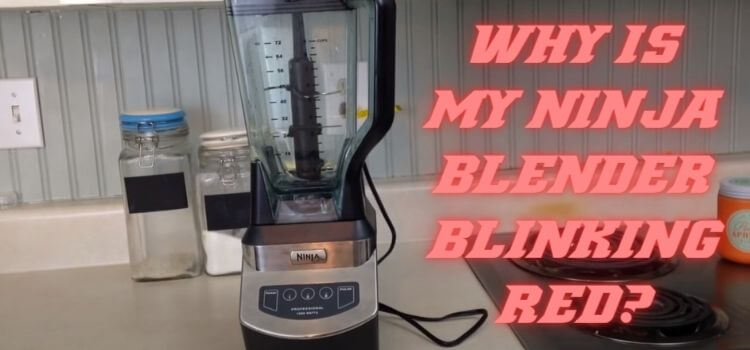
When you notice that your Ninja Blender is blinking red, it is often an indication of an overload or overheating issue. Excessive blending or prolonged use of the blender can cause the motor to overheat, triggering the blinking red light as a safety measure.
This is a common occurrence as many users tend to push their blenders to their limits. However, it is important to understand the consequences of this behavior and take the necessary steps to resolve the issue.
Steps to resolve the issue and prevent future overload
To address this problem, the first step you should take is to unplug the blender and let it cool for a while. Overheating can damage the motor and other internal components, so allowing it to cool down is crucial.
Once the blender has cooled down, check for any obstructions or blockages in the blender jar or blade assembly. Clearing any debris or excess ingredients can help reduce the strain on the motor and prevent overload in the future.
Additionally, take note of the volume of ingredients you are blending. Overfilling the blender can cause the motor to work harder, leading to overheating.
Be mindful of the maximum capacity recommended by the manufacturer and avoid exceeding it. If you regularly blend large quantities of ingredients, consider doing it in smaller batches to give the motor some rest in between.
Regular maintenance is also essential in preventing overload and overheating issues. Keep the blender clean and free from any residue that may impede proper motor function.
It is recommended to clean it thoroughly after each use, ensuring that no food particles or liquid is left behind. Regularly inspect the seal on the blender jar to ensure it is intact and properly sealed.
Any leaks or damages can cause the motor to work harder than necessary, leading to overheating.
Possible Cause 2: Incorrect assembly and lid positioning
When it comes to using a Ninja Blender, it is essential to ensure proper assembly and lid positioning. Many users may find themselves facing the frustrating issue of a blinking red light on their blender.
This blinking red light is often an indication of improper assembly or lid placement, causing the blender to malfunction. In this blog section, we will highlight how improper assembly or lid positioning can lead to the blinking red light and provide simple instructions on correctly assembling and securing the blender.
Improper assembly can occur when the user fails to align the pitcher properly with the base. This misalignment prevents a proper connection between the pitcher and the base, resulting in the blender not being able to function correctly.
To resolve this issue, carefully align the pitcher’s tabs with the notches on the base. Gently rotate the pitcher in place until it clicks into position. Double-check to ensure a snug fit between the pitcher and the base.
Another common mistake is the incorrect placement of the lid. The blinking red light can indicate that the lid is not securely placed, leading to the blender not starting.
To address this issue, make sure the lid is securely locked in place before using the blender. Confirm that the lid is properly aligned with the pitcher and that the arrows on the lid and pitcher are aligned.
Press down firmly until you hear a click to ensure the lid is locked in place and ready for use.
Additionally, it is crucial to check the positioning of the lid’s vent. The vent must be properly aligned with the spout located on the lid for the blender to operate smoothly.
If the blinking red light persists, inspect the vent carefully. Ensure there is no obstruction or residue blocking the vent, as this can impact the blender’s functionality. Clean the vent if necessary to maintain optimal performance.
To avoid any potential issues with the blender, it is recommended to refer to the user manual provided by Ninja. The manual contains detailed instructions on how to assemble and operate the blender correctly.
Following these instructions will not only prevent the blinking of red light but also ensure the longevity and efficiency of your blender.
Possible Cause 3: Motor malfunction or jammed blade
When it comes to the Ninja Blender blinking red, one possible cause could be a motor malfunction or a jammed blade. The motor is the heart of any blender, and if it starts malfunctioning, it can trigger a red light.
Additionally, a blade that is jammed or not spinning properly can also cause the blender to go into safety mode and display a red light.
If you suspect that the motor is malfunctioning, there are a few troubleshooting steps you can take. Firstly, unplug the blender and give it a few minutes to cool down.
Overheating can sometimes cause the motor to malfunction. Once it has cooled down, inspect the blender’s base and make sure there are no loose connections or wiring issues. If everything looks intact, plug it back in and try again.
If the motor is still not working properly and the red light is blinking, it may be time to contact Ninja’s customer support or take the blender to a professional for repairs.
They will be able to diagnose the issue and provide you with the necessary steps to either fix it yourself or get it fixed professionally. Keep in mind that attempting to repair the motor yourself may void any warranty that came with your blender.
Another possibility is that the blade is jammed or not spinning freely. This can happen if the blender is overloaded with ingredients or if something is stuck between the blades.
To troubleshoot this issue, first, make sure the blender is turned off and unplugged. Then, carefully remove the jar from the base and inspect the blades for any obstructions. Use a long spoon or spatula to dislodge any stuck food particles.
After removing any obstructions, reattach the jar to the base and try running the blender again. If the red light is still blinking, there might be a more serious issue at play.
In this case, it’s best to contact Ninja’s customer support for further assistance. They may be able to guide you through additional troubleshooting steps or advise you on the best course of action to fix the problem.
Remember, always prioritize your safety, and never attempt to disassemble the blade assembly yourself.
Possible Cause 4: Electrical issues and power supply problems
Electrical issues can often be the reason behind the irritating blinking red light on your Ninja blender. When faced with this problem, it is essential to approach it with caution and not overlook the possibility of electrical malfunctions.
Understanding the role of electrical issues in causing the blinking red light can help troubleshoot the problem effectively.
One possible reason for the blinking red light on your Ninja blender could be a faulty power supply. The blender relies on a consistent source of power to function properly, and any disruption to this supply can result in a blinking red light.
It is recommended to check the power supply by ensuring that the blender is plugged into a working outlet or power source. The power cord connecting the blender to the outlet should also be examined for signs of damage or fraying, as this can contribute to electrical issues.
If the power supply seems to be intact, another probable cause of the blinking red light might be an electrical issue within the blender itself.
This could include a malfunctioning motor or a wiring problem. In such cases, it is advisable to contact the manufacturer or a certified technician to assess and repair the blender.
Attempting to fix electrical issues on your own can be dangerous and may result in further damage or even harm.
To avoid potential electrical problems, it is important to use the Ninja blender according to the manufacturer’s instructions. Overloading the blender can put excessive strain on the motor and electrical components, leading to issues such as a blinking red light. It is crucial to follow the recommended maximum capacity and not exceed it.
Additionally, regularly cleaning the blender and ensuring that the blades are not obstructed can help prevent electrical issues.
If you have ruled out any potential electrical issues within the blender and the power supply is functioning correctly, there are a few suggestions to try and resolve the blinking red light.
First, disconnect the blender from the power source and let it rest for a few minutes. This can help reset any internal electrical mechanisms that may have triggered the blinking light.
If this does not work, try pressing the reset button (if available) or unplugging and plugging in the blender again. If the problem persists, it is best to reach out to the manufacturer’s customer support for further assistance.
Troubleshooting Tips: Resetting the blender and checking for blockages
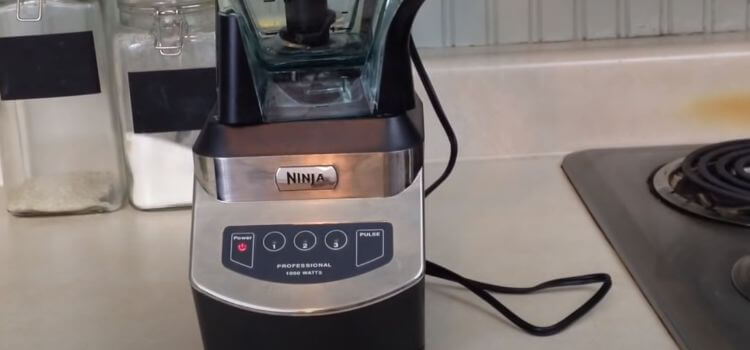
Step 1: Resetting the Ninja Blender
When confronted with a blinking red light on your Ninja Blender, the first step is to try resetting the blender. To do this, start by unplugging the blender from the power source.
Next, take a moment to inspect the blender and ensure that all parts are securely in place. After double-checking the assembly, plug the blender back in and try turning it on again. In many cases, this simple reset can resolve the issue and the blinking red light will disappear.
Step 2: Checking for blockages
If resetting the blender does not resolve the blinking red light, it is important to check for any blockages that may be causing the problem. Begin by unplugging the blender and removing the pitcher or cup from the base.
Inspect the pitcher or cup for any leftover food particles, especially around the blade assembly. Use a dishcloth or sponge to gently clean the inside and outside of the pitcher or cup.
Additionally, inspect the base of the blender for any debris that may have accumulated. If any blockages are present, carefully remove them using a kitchen tool like a long brush or a toothpick.
By following these troubleshooting tips, you can effectively address the blinking red light issue on your Ninja Blender. Resetting the blender and ensuring there are no blockages will often resolve the problem and allow you to continue using your blender without any further issues.
However, if the blinking red light persists even after these steps, it is recommended to contact Ninja customer support for further assistance. They will be able to provide personalized advice and help troubleshoot the issue on a deeper level.
Ninja Blender care and maintenance for avoiding red light issues
Proper maintenance is crucial to avoid encountering blinking red light issues with your Ninja Blender. By following a few simple tips, you can ensure the longevity of your blender and minimize the chances of any malfunctions.
Firstly, it is essential to regularly clean your blender after each use. Leftover food particles can accumulate and cause the blender to overheat, resulting in the blinking red light. Cleaning the blender thoroughly will eliminate any potential buildup.
Providing tips on proper maintenance to prevent blinking red light incidents
Regular lubrication of the blender’s motor is another important aspect of maintenance. Over time, the motor’s bearings can wear out, leading to increased friction and heat generation.
By lubricating the motor at regular intervals, you can reduce these issues and prevent the blinking red light from appearing.
Moreover, it is advisable to inspect the blender’s blades periodically. Dull or damaged blades can put unnecessary strain on the motor, causing it to overheat and trigger the blinking red light.
If you notice any signs of wear or damage, it may be necessary to replace the blades to ensure optimal performance and prevent any malfunctions.
Advice on regular cleaning, lubrication, and blade inspections
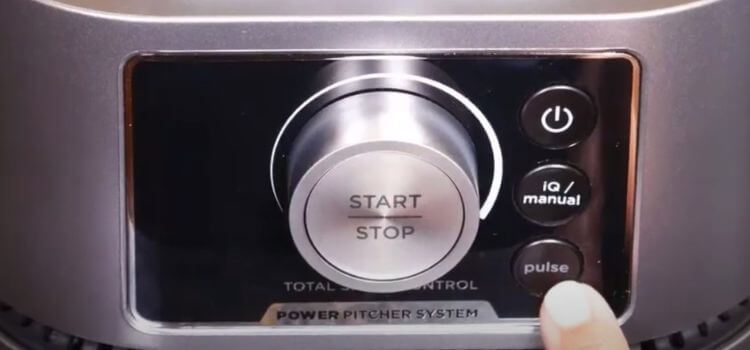
Regular cleaning, lubrication, and blade inspections are crucial for the proper functioning of your Ninja Blender. By incorporating these practices into your blender care routine, you can avoid encountering blinking red light issues.
Remember to always operate the blender within the recommended usage guidelines, as exceeding the recommended limits can also lead to overheating and the appearance of a blinking red light.
Conclusion
This article has shed light on the perplexing issue of the Ninja Blender blinking red light. By delving into the possible causes and troubleshooting methods, we have empowered readers to take charge of their blending experiences.
Identifying and resolving blinking red light issues is crucial for a seamless kitchen and dining experience. As consumers, it is essential for us to be proactive in resolving these issues, ensuring smooth blending experiences every time.
By understanding the importance of addressing blinking red light problems, we can create a stress-free and efficient environment in our kitchens. So next time you encounter this alarming red light, remember the steps outlined in this article and take action swiftly.
Stay proactive, resolve the issue, and savor the delights of a flawless blending endeavor.
